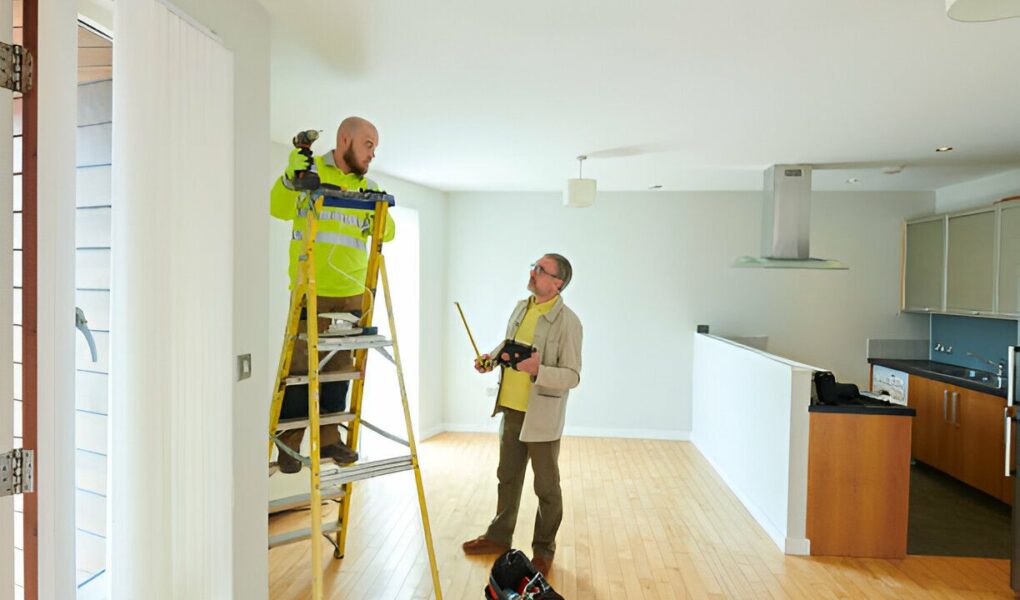Maintaining rental properties is a crucial aspect of being a successful landlord. Regular upkeep not only preserves the value of your investment but also ensures tenant satisfaction and compliance with legal requirements.
In this blog post, we’ll explore five essential maintenance tips that every landlord should implement to keep their properties in top condition and minimize unexpected expenses.
Conduct Regular Property Inspections
Scheduled inspections are vital for identifying potential issues before they escalate into major problems. Aim to conduct thorough inspections at least twice a year, focusing on both the interior and exterior of the property. During these checks, examine the roof, gutters, plumbing, electrical systems, and appliances for signs of wear or damage.
Be sure to provide proper notice to tenants before entering the property, typically 24 to 48 hours in advance. Document your findings with photos and written reports to track the property’s condition over time. This documentation can be invaluable for addressing tenant disputes or planning future renovations.
Implement a Preventive Maintenance Schedule
Proactive maintenance is key to avoiding costly emergency repairs and extending the lifespan of your property’s systems. Create a detailed maintenance schedule covering routine tasks like HVAC servicing, gutter cleaning, and pest control, plus seasonal checks for winterizing pipes and insulation.
Encourage tenants to report minor issues promptly by establishing clear communication channels. Address these concerns quickly to prevent them from developing into more significant problems. Consider using property management software to track maintenance tasks and set automated reminders for recurring upkeep.
Prioritize Safety and Compliance
Ensuring the safety of your tenants is not only a moral obligation but also a legal requirement. Regularly test and maintain smoke detectors, carbon monoxide alarms, and fire extinguishers. Check that all locks, windows, and security systems are functioning properly to provide a secure living environment.
Stay informed about local housing codes and regulations to ensure your property remains compliant. This includes addressing any potential health hazards such as lead paint, asbestos, or mold.
Conduct annual safety inspections and promptly address any issues to avoid liability and maintain a positive relationship with your tenants.
Build a Network of Reliable Contractors
Having a trusted team of professionals on call is essential for efficient property maintenance. Build a network of licensed, insured contractors for plumbing, electrical, HVAC, and repairs. Vet them carefully and keep contacts handy for emergencies.
Consider negotiating preferred rates or service agreements with your most frequently used contractors. This can help reduce costs and ensure prompt service when issues arise. Remember to keep detailed records of all work performed, including invoices and warranties, for future reference and tax purposes.
Educate and Empower Tenants
Involving tenants in basic property maintenance can significantly reduce wear and tear and prevent minor issues from escalating. Clearly define tenant responsibilities like changing air filters, garbage disposal, and cleaning. Provide a simple manual with appliance instructions and maintenance contacts.
Encourage tenants to report maintenance issues promptly by establishing an easy-to-use reporting system. Consider implementing an online portal or mobile app for submitting maintenance requests. Respond to these requests in a timely manner to demonstrate your commitment to property upkeep and tenant satisfaction.
Conclusion
Effective property maintenance is a cornerstone of successful landlording. Follow these five key tips: regular inspections, preventive maintenance, safety compliance, a reliable contractor network, and tenant education. Proactive upkeep protects your investment, boosts tenant retention, and enhances property value.




